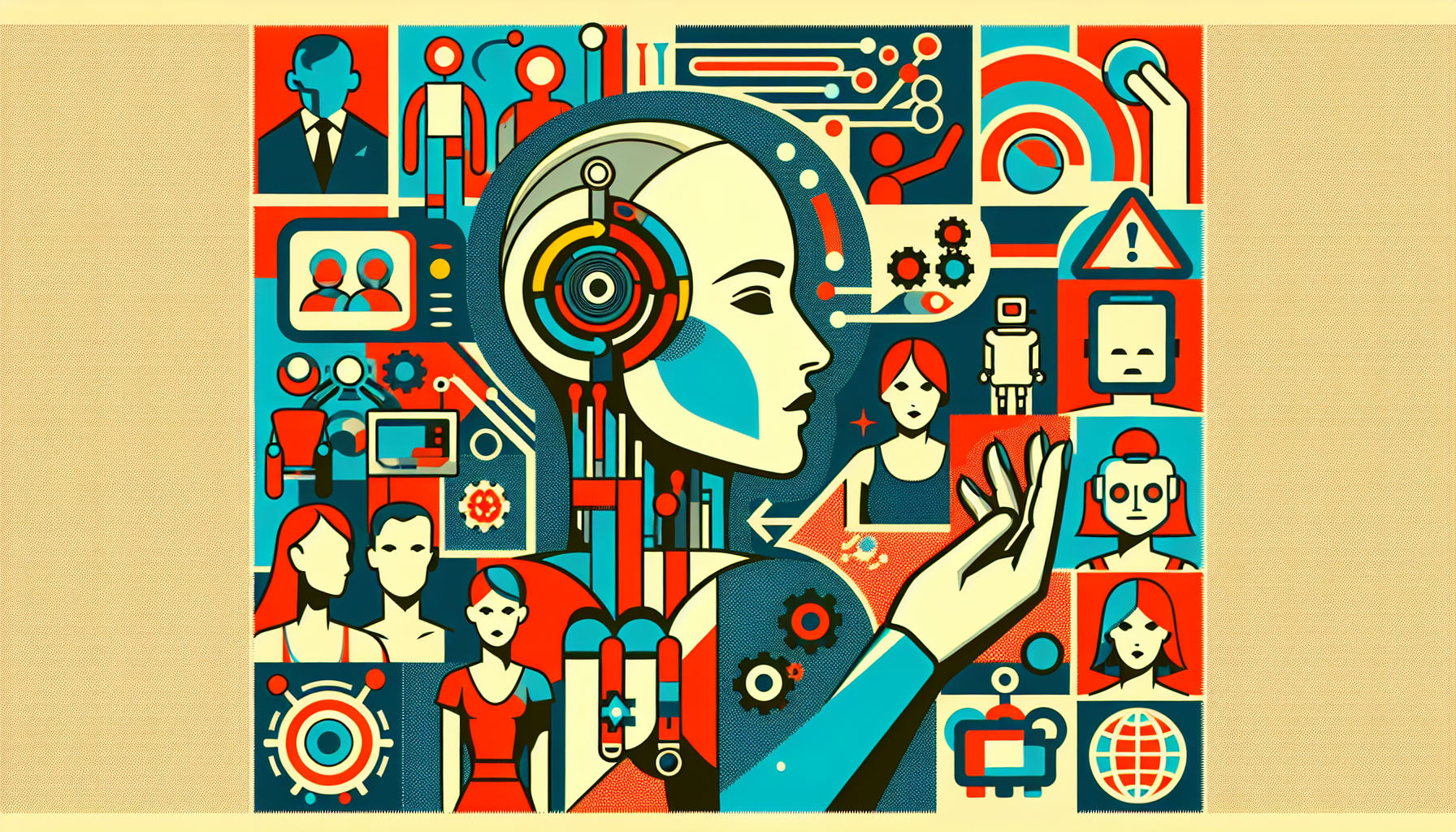The world is witnessing an extraordinary shift as AI-powered social robots and digital avatars weave themselves into the fabric of our daily lives. This technological evolution is not just changing our interaction with machines; it’s reshaping the very essence of human connections in areas like customer service, education, and healthcare.
Emotional Bonds and Trust
Imagine talking to a machine and feeling as though you’re communicating with a friend. Surprising as it may sound, studies show that when people engage with AI social robots or digital avatars, they often develop emotions towards them. This new form of interaction feels as genuine as a conversation with another person. The human mind interprets these interactions as real-world exchanges, building trust and the intrinsic desire to connect.
The Role of Physical Presence
Social robots, unlike their digital counterparts or voice-driven assistants, share our physical space. This proximity is crucial in fostering genuine engagement and nurturing emotional connections. The physical presence of these robots creates an environment of co-presence, promoting comfort and mimicking the cognitive processes of human interaction. Such closeness encourages natural and fluid engagements.
Nonverbal Interaction and Emotional Display
Communication isn’t just about words. Social robots excel in using nonverbal cues such as facial expressions, hand gestures, and eye contact to convey emotions. These human-like characteristics are essential to making interactions seamless and relatable. The capability of these robots to turn their gaze towards people or objects mimics the nuance of face-to-face conversation, an area where digital avatars often lag.
Innovations in Education and Healthcare
Social robots are becoming invaluable in teaching and healing. In classrooms, they can function as educators, enhancing the learning experience and inspiring interest in subjects like science and technology. For children with autism spectrum disorder (ASD), these robots offer methods to practice social skills through storytelling and other interactive activities.
In the realm of healthcare, social robots serve various purposes—from guiding therapeutic activities to offering companionship. Notably, they have been used to assist children with autism in understanding social norms. During the COVID-19 pandemic, social robots played critical roles in patient care, maximizing safety while maintaining connection during times of distancing and isolation.
Ethical and Societal Challenges
As social robots become more integrated into everyday life, they pose significant ethical and societal questions. The sophistication and increasing presence of these machines demand a responsible approach to their development and marketing. Ethically guided innovation is necessary to focus on applications that enrich human life rather than exploit it. Research into human-robot interaction is vital to educating users and stakeholders about potential impacts on human relationships and society.
Financial Barriers and Accessibility
Despite their advantages, the steep cost of social robots remains a hurdle, especially in countries with fewer resources. These financial constraints mean that schools and healthcare facilities often lack access to this technology. There is a growing impetus for creating affordable, open-source robotics platforms customizable to different needs and financial capacities, ensuring broader access and maximum benefit.
The way we interact with AI-powered social robots marks a significant evolution in technology-human relationships. By mirroring human-like communication through tangible presence and expressive cues, these robots are progressively merging the digital with the physical realm. As their presence grows across various sectors, addressing ethical, financial, and societal questions will be critical in ensuring their use is equitable and enhances the human experience.

Leave a Reply